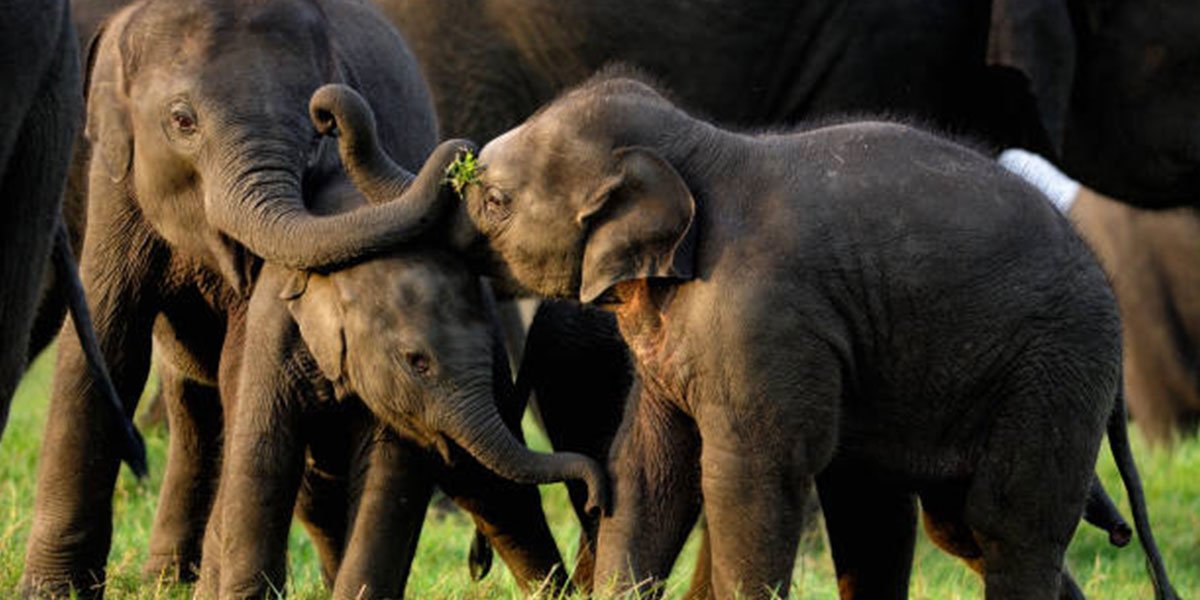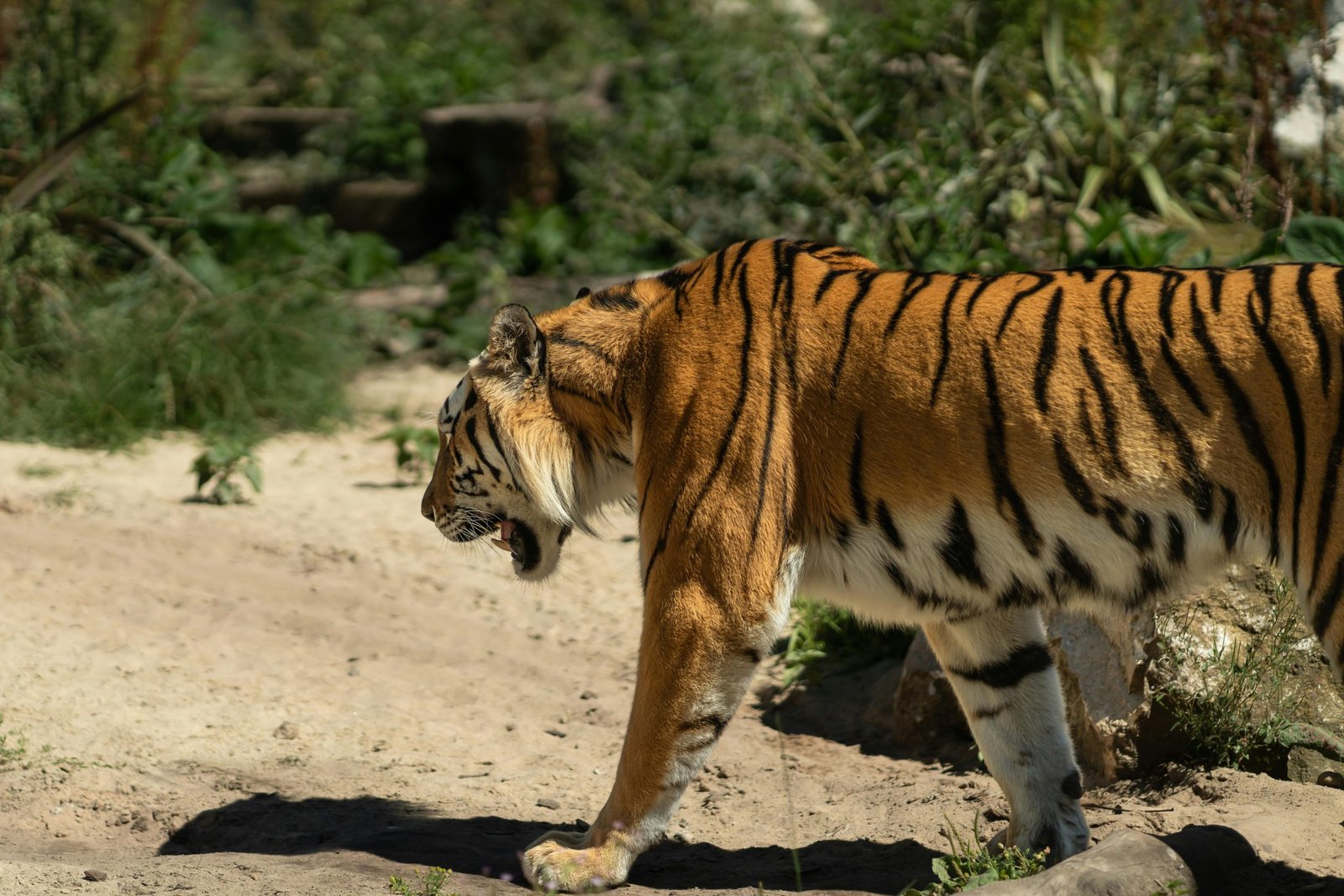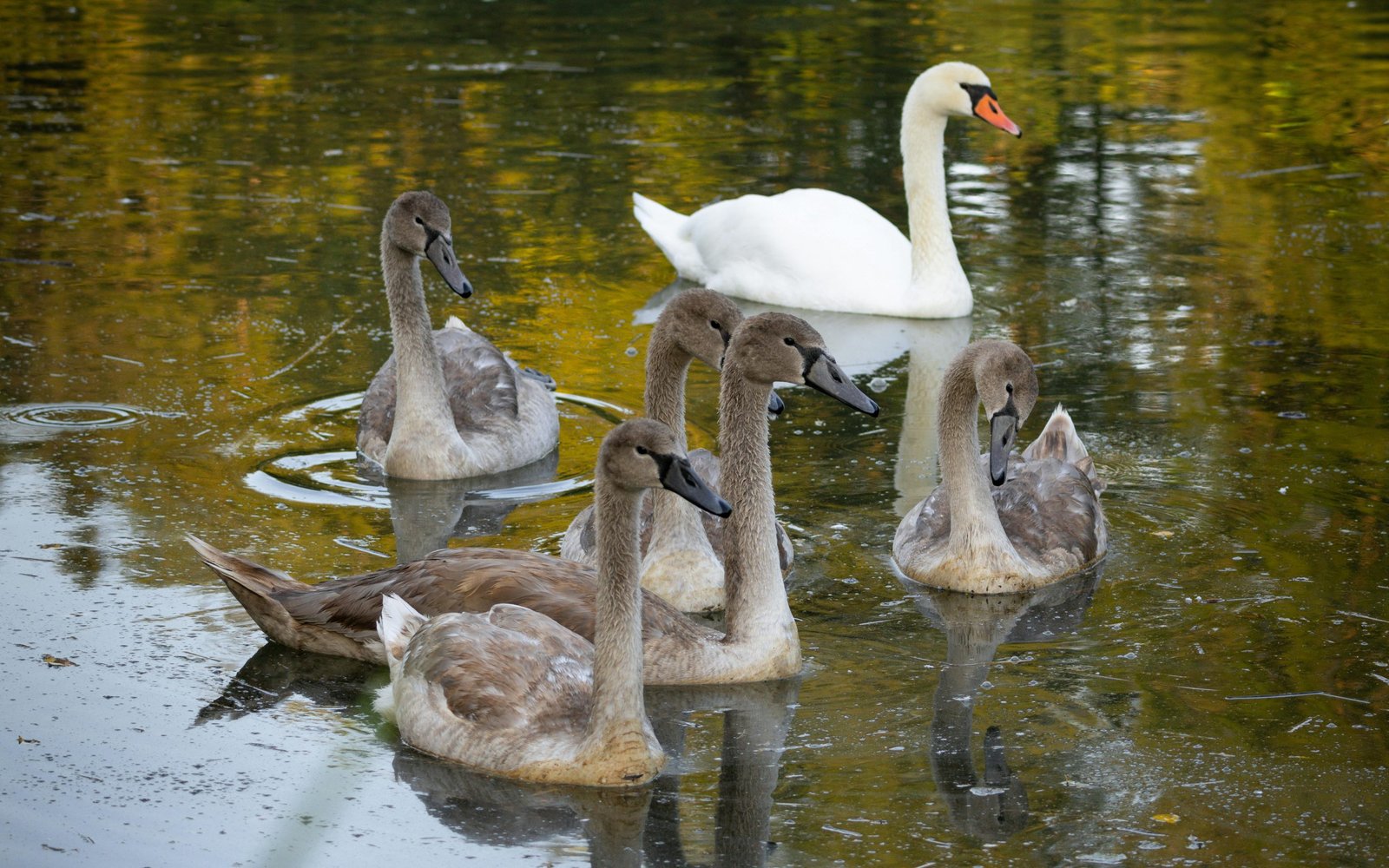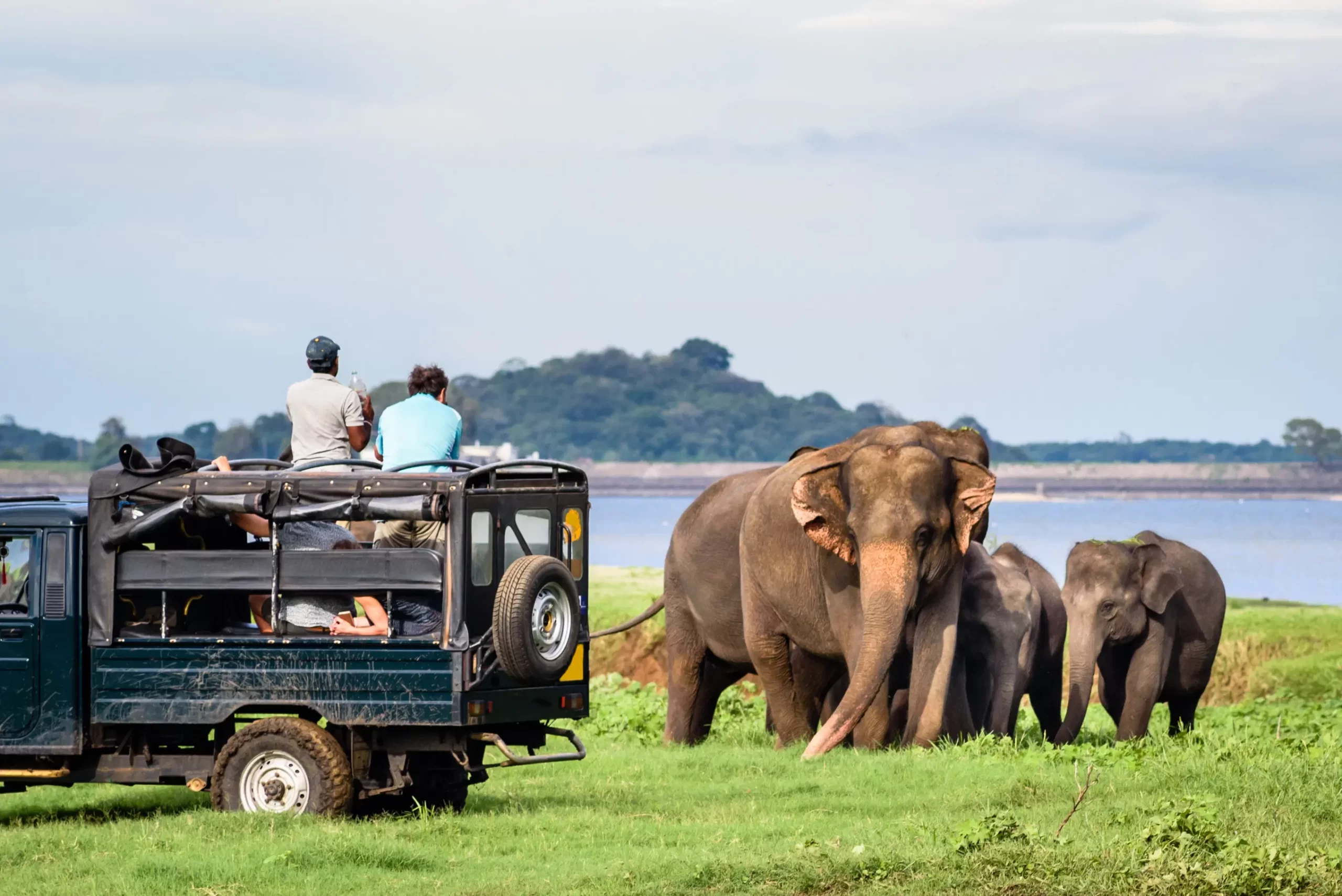Wilpattu Safari Sri Lanka
Introduction of Wilpattu National Park
Wilpattu National Park, located in the northwest coast of Sri Lanka, is the country’s largest and one of the oldest national parks, spanning over 1,300 square kilometers. Renowned for its unique landscape of “villus” — natural sand-rimmed water basins or lakes — Wilpattu is a sanctuary of stunning biodiversity and a serene wilderness experience.
Established in 1938, Wilpattu is home to an impressive variety of wildlife, including the elusive Sri Lankan leopard, sloth bears, elephants, spotted deer, water buffalo, and over 200 species of birds. Unlike the more open savannah-like parks in the south, Wilpattu’s dense forests and scattered lakes give it a mysterious and untouched atmosphere.
Wilpattu is less crowded than other parks like Yala, offering a more peaceful safari experience for nature lovers and photographers alike. Its ecological richness and cultural history, including ancient ruins and legend-filled sites, make it a must-visit destination for anyone exploring Sri Lanka’s natural heritage.
.
Fish
Wilpattu National Park is not only famous for its leopards and lush forests — it also shelters a hidden world beneath the water. The park’s network of natural lakes, known as “villus”, and seasonal wetlands are home to a variety of freshwater fish species, some of which are endemic to Sri Lanka.
Key Fish Species Found in Wilpattu:
Spotted Climbing Perch (Anabas testudineus)
A hardy fish that can breathe air and survive outside water for short periods. It is often seen in shallow pools and marshy areas.Mozambique Tilapia (Oreochromis mossambicus)
A widely found freshwater fish, originally introduced to Sri Lanka. It thrives in the park’s villus and serves as a food source for many birds.Snakehead Fish (Channa striata)
A fierce predator in freshwater ecosystems. It helps control populations of smaller fish and insects.Barbs and Rasboras (Puntius spp. and Rasbora spp.)
These colorful, fast-swimming fish are common in Sri Lankan freshwater bodies and form an important part of the aquatic food web.Freshwater Eels (Mastacembelus spp.)
Elusive and slippery, these nocturnal creatures live in muddy bottoms and shaded streams.
Importance of Fish in Wilpattu
Fish play a vital ecological role in Wilpattu. They help control insects, support birdlife, and maintain the health of aquatic ecosystems. Their presence ensures the park’s wetlands remain balanced and vibrant year-round.
Amphibians
Wilpattu National Park’s lush wetlands, ponds, and shaded forest floors provide the perfect environment for a diverse range of amphibians. These cold-blooded creatures play a vital role in the ecosystem — controlling insect populations and serving as indicators of environmental health.
Common Amphibians Found in Wilpattu:
Common Tree Frog (Polypedates maculatus)
A well-known tree-dwelling species often heard calling during the rainy season.Sri Lankan Painted Frog (Kaloula taprobanica)
A round-bodied frog that emerges after rains and is commonly found in muddy areas.Sri Lanka Cricket Frog (Zakerana greenii)
Small and quick, this frog is usually found near temporary water pools and streams.- Skittering Frog (Euphlyctis cyanophlyctis)
Often seen “skittering” across the surface of water bodies when disturbed. - Indian Bullfrog (Hoplobatrachus tigerinus)
A large and powerful frog that feeds on insects and even small vertebrates.
Reptiles
Wilpattu National Park is home to a rich and diverse range of reptiles, making it one of the best places in Sri Lanka to observe these cold-blooded creatures in their natural habitats. The park’s dry forests, lakes, and open grasslands provide the perfect environment for a variety of snakes, lizards, crocodiles, and turtles. Among the most iconic reptilian residents is the Mugger Crocodile (Crocodylus palustris), often seen basking near lakes and hunting in shallow waters. The Monitor Lizard, a large scavenger, is a common sight as it roams the park in search of food.
Wilpattu also shelters several species of venomous snakes, including the Indian Cobra and the Russell’s Viper, both known for their powerful venom and striking presence. These snakes play a vital role in maintaining ecological balance by controlling rodent and insect populations. Non-venomous species, such as rat snakes and vine snakes, also thrive here, often seen slithering through the undergrowth or across paths.
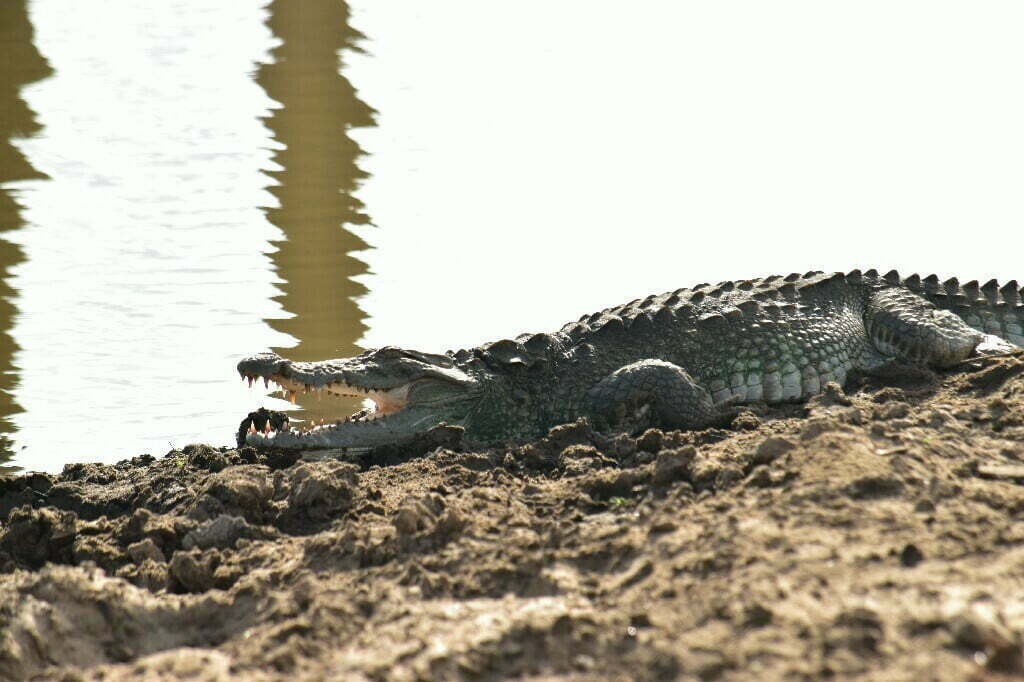
Birds
Wilpattu National Park is a paradise for birdwatchers, with over 200 recorded bird species inhabiting its forests, lakes, and open plains. The park’s diverse habitats — from thick jungle to freshwater villus (natural lakes) — attract a stunning variety of migratory and resident birds throughout the year. Early morning safaris often reveal the melodic calls of Peafowls, the national bird of Sri Lanka, proudly displaying their colorful plumage. The Sri Lanka Junglefowl, an
endemic species and close relative of the domestic chicken, is also commonly spotted foraging through the underbrush.
Waterbirds are particularly abundant in Wilpattu. Species such as Painted Storks, Open-billed Storks, Little Egrets, Indian Pond Herons, and Lesser Whistling Ducks are frequently seen around the park’s many villus, feeding or nesting along the shallow edges. Raptors like the White-bellied Sea Eagle, Crested Serpent Eagle, and Shikra soar above the canopy, scanning the ground for prey. Bird enthusiasts may also encounter elusive species such as the Malabar Pied Hornbill, Blue-faced Malkoha, and Brown Fish Owl hiding in the dense trees
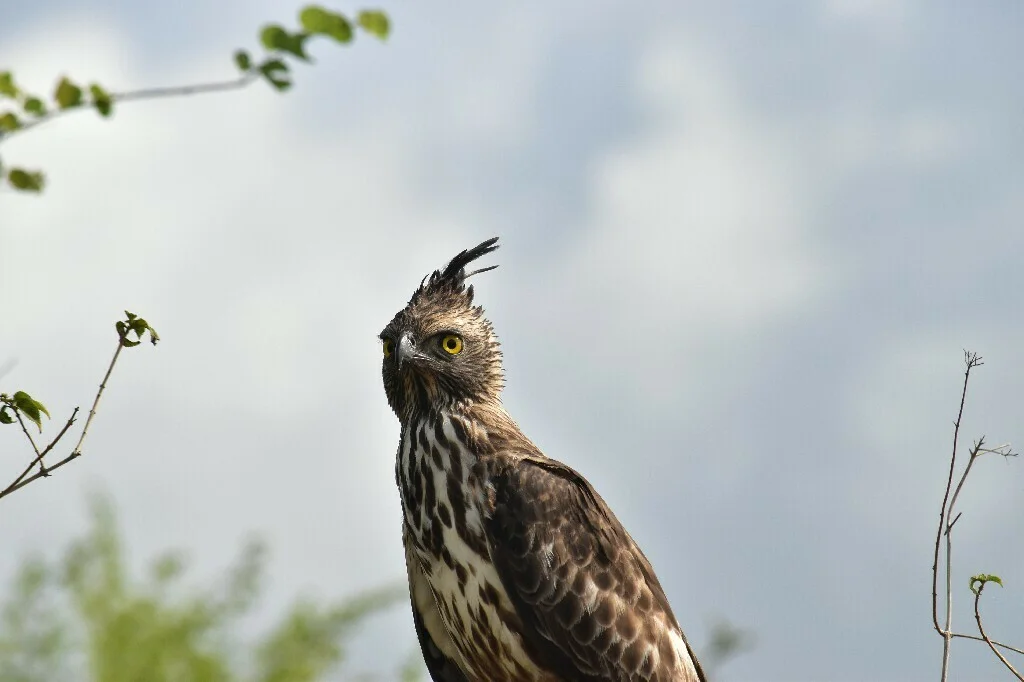
Mammals
Wilpattu National Park is one of the best places in Sri Lanka to observe a wide variety of mammals in their natural habitat. The park is most famous for its population of the Sri Lankan leopard (Panthera pardus kotiya), a subspecies endemic to the island and one of the top predators in the park. Though elusive and solitary by nature, leopards are often seen during early morning or late evening safaris, especially near the villus where prey is abundant. Another rare and iconic resident of Wilpattu is the Sri Lankan sloth bear (Melursus ursinus inornatus), known for its shaggy coat and love for termites and honey.Wilpattu is also home to large herds of Asian elephants, which roam the forests and water bodies, especially during the dry season. Spotted deer, sambar deer, wild boar, and water buffalo are among the more frequently seen mammals, often grazing near open plains and lakes. Smaller mammals such as the Indian mongoose, jackal, and palm civet are also common, though more active during dusk and dawn.
With over 30 species of mammals, Wilpattu offers a rich and diverse wildlife experience. Many of these animals are endemic or protected species, making conservation efforts in the park critically important. Whether you’re tracking footprints on a safari or watching a herd of deer in the distance, encountering mammals in Wilpattu is an unforgettable part of any wildlife adventure.
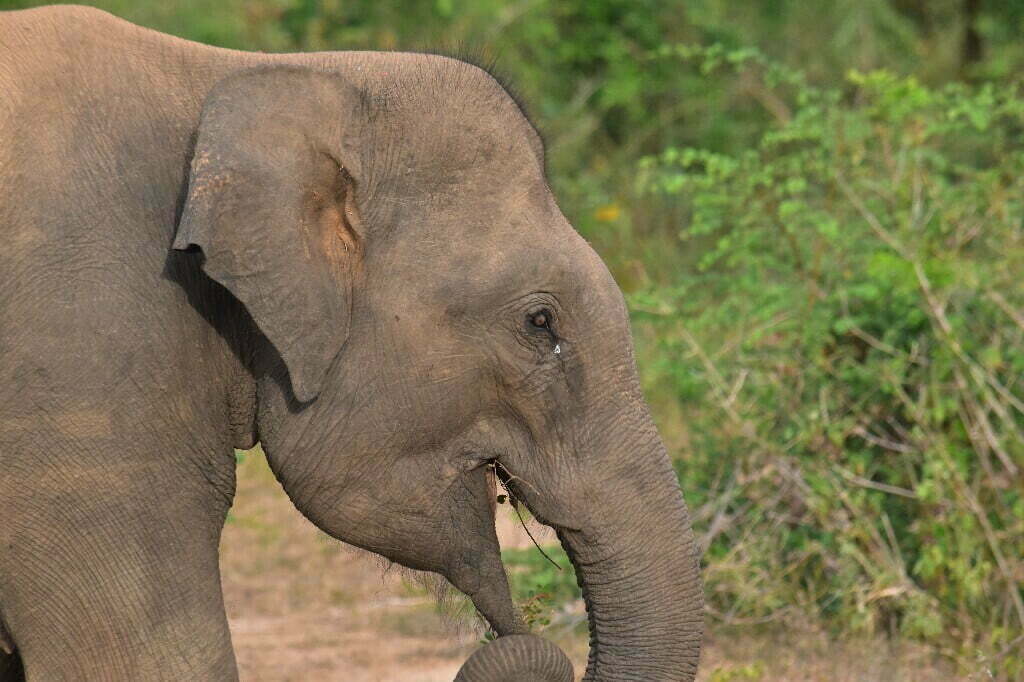
Wilpattu Safari
A safari in the Wilpattu National Park is a fantastic experience for individuals who want to view a wide variety of plants and animals. Visiting this priceless national park is regarded as one of Sri Lanka’s greatest opportunities for seeing nature. On this safari, you can view all-natural habitats in their natural state while being driven throughout the park’s paths by a vehicle.
One jeep may easily accommodate up to six persons while we take precautions for your safety. We offer several categories in which you can reserve a time and duration, such as three, four, half, or full days, depending on your preferences. For individuals with an inquisitive and avian interest, we currently offer a specially designed safari.
Safaris are best done in the morning and afternoon, but they can be done at any time of day. We can happily suggest that, in addition to deer, crocodiles, and other animals, you will be really fortunate to witness a large herd of elephants. It is also possible to capture a multitude of bird species in your heart.
There is nowhere in the park where we can meet your needs, so please consider them carefully before beginning the safari. The guide or driver who is taking care of you should be obeyed.
⚑ 4WD jeep
⚑ Park entrance (Tickets)
⚑ Experienced Driver (will be Guide)
⚑ Fruits
⚑ Water
⚑ Binoculars
⚑ Sri lankan breakfast
⚑ Sri lankan vegetarian lunch (rice and 5 curries)
⚑ Service Charge and other all taxes
⚑ 0-5 years kids are free of charge
⚑ 5-11 years kids are charged half of an adult rate
⚑ Above 12 years kids are treated as an adults
We strongly advise going on a full-day safari and the Special 5-12 (five-twelve) safari, as there is a 95% chance of seeing “Leopards.”
Morning safari
- Duration: 5:00 AM – 9:30 AM (4.5 hours)
- Vehicle: 4WD Jeep
Evening safari
- Duration: 2:00 PM – 6:00 PM (4 hours)
- Vehicle: 4WD Jeep
Full day safari
- Duration: 5:00 AM – 6:00 PM (13 hours)
- Vehicle: 4WD Jeep
Special 5-12 (Five twelve) Leopards Safari
Special 5-12(five twelve) safari
- Duration: 4:30 AM – 11:30 AM (7 hours)
We termed this safari “Special Leopard’s safari.” We aim to arrive to the park ahead of other jeeps by starting our tour early. because there is a greater chance of seeing leopards and other wildlife in the morning when there are less Jeeps. To see more animals, we heartily suggest taking this excursion. (Other animals are also seen.)

